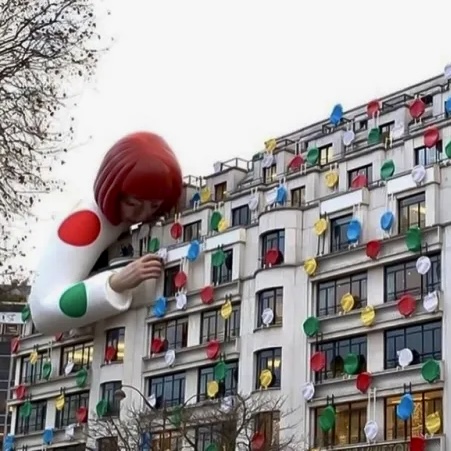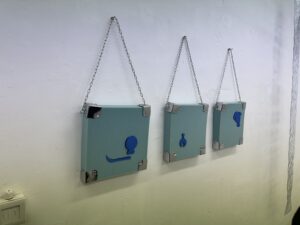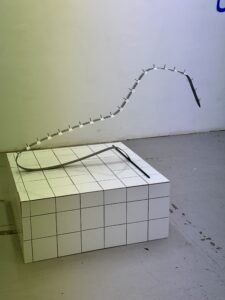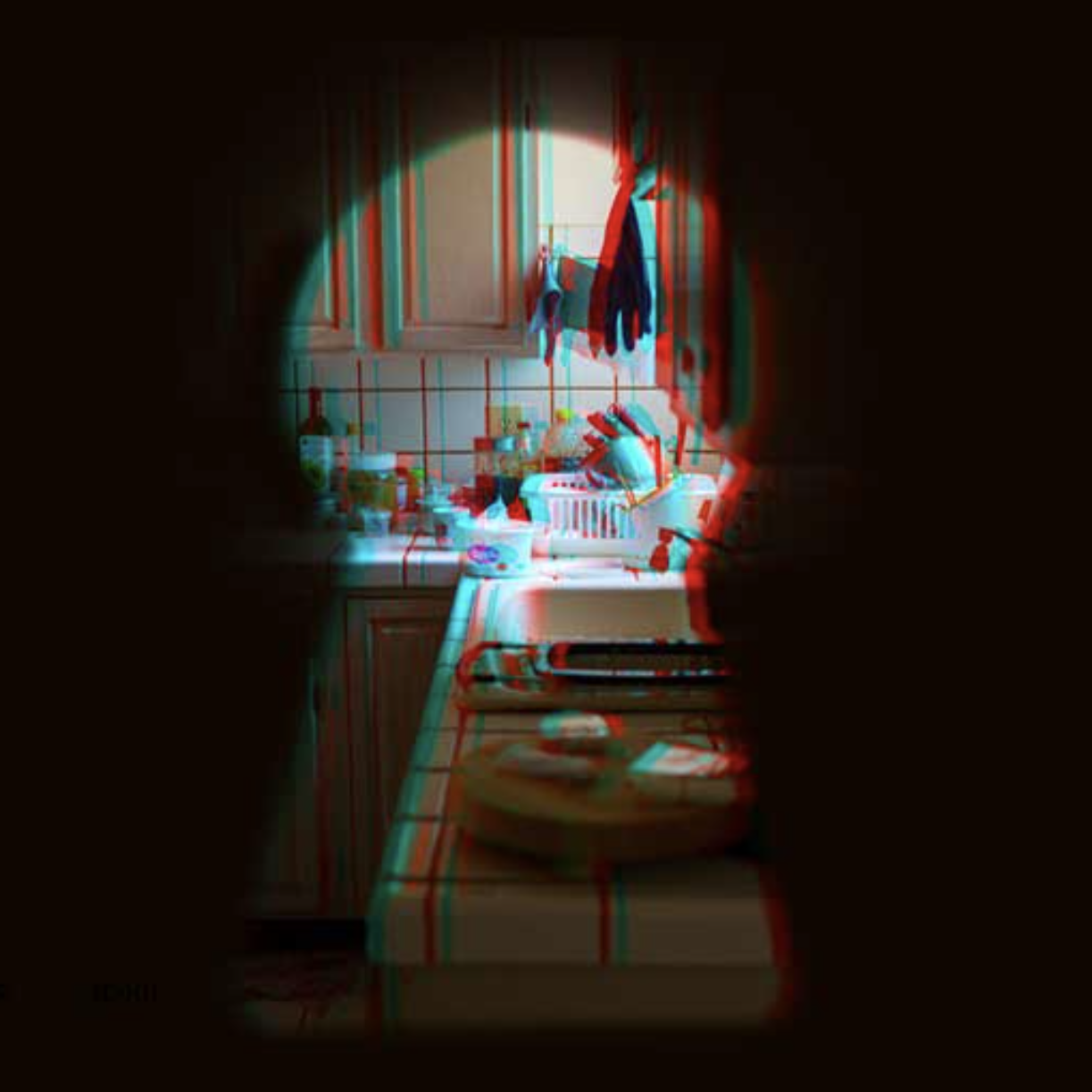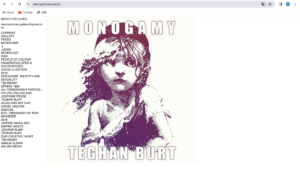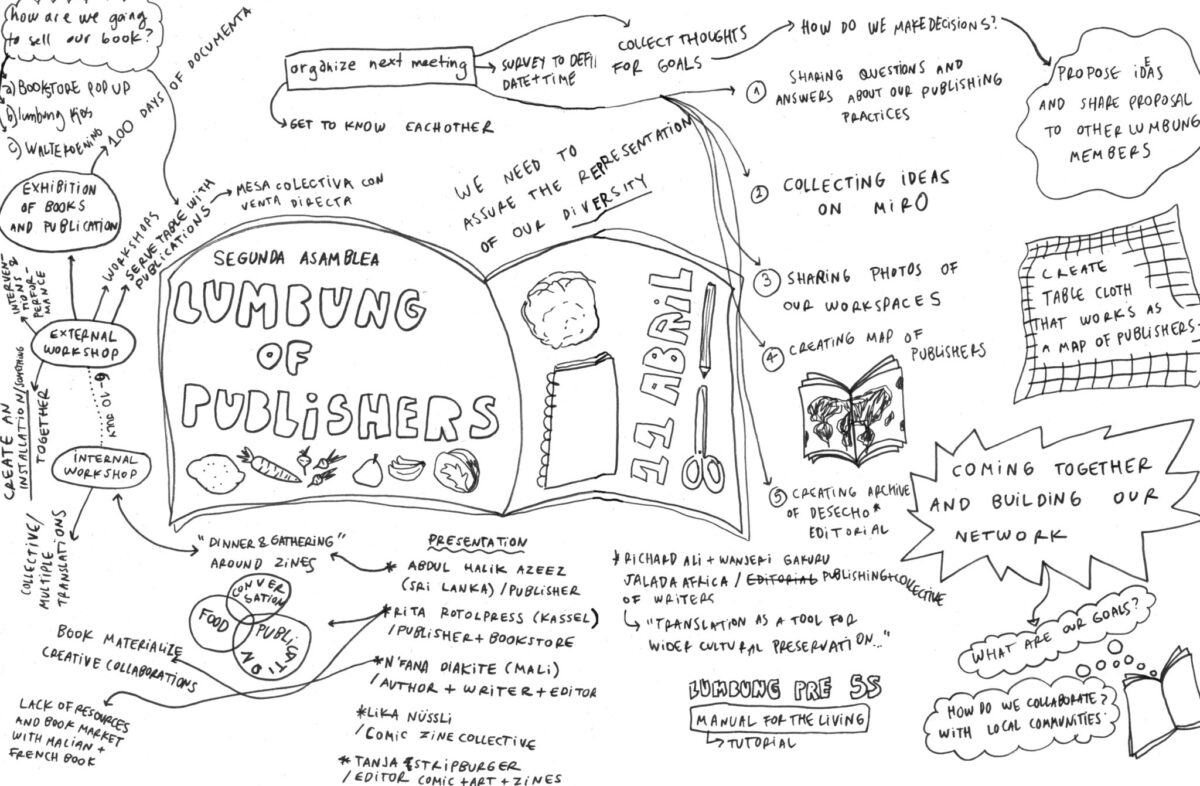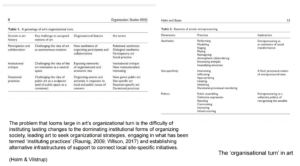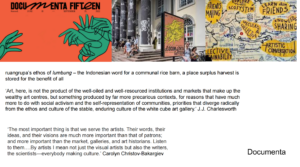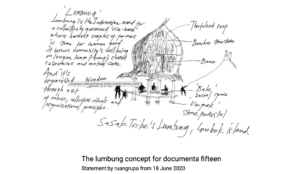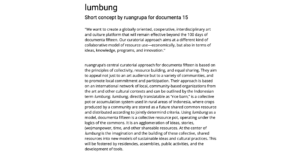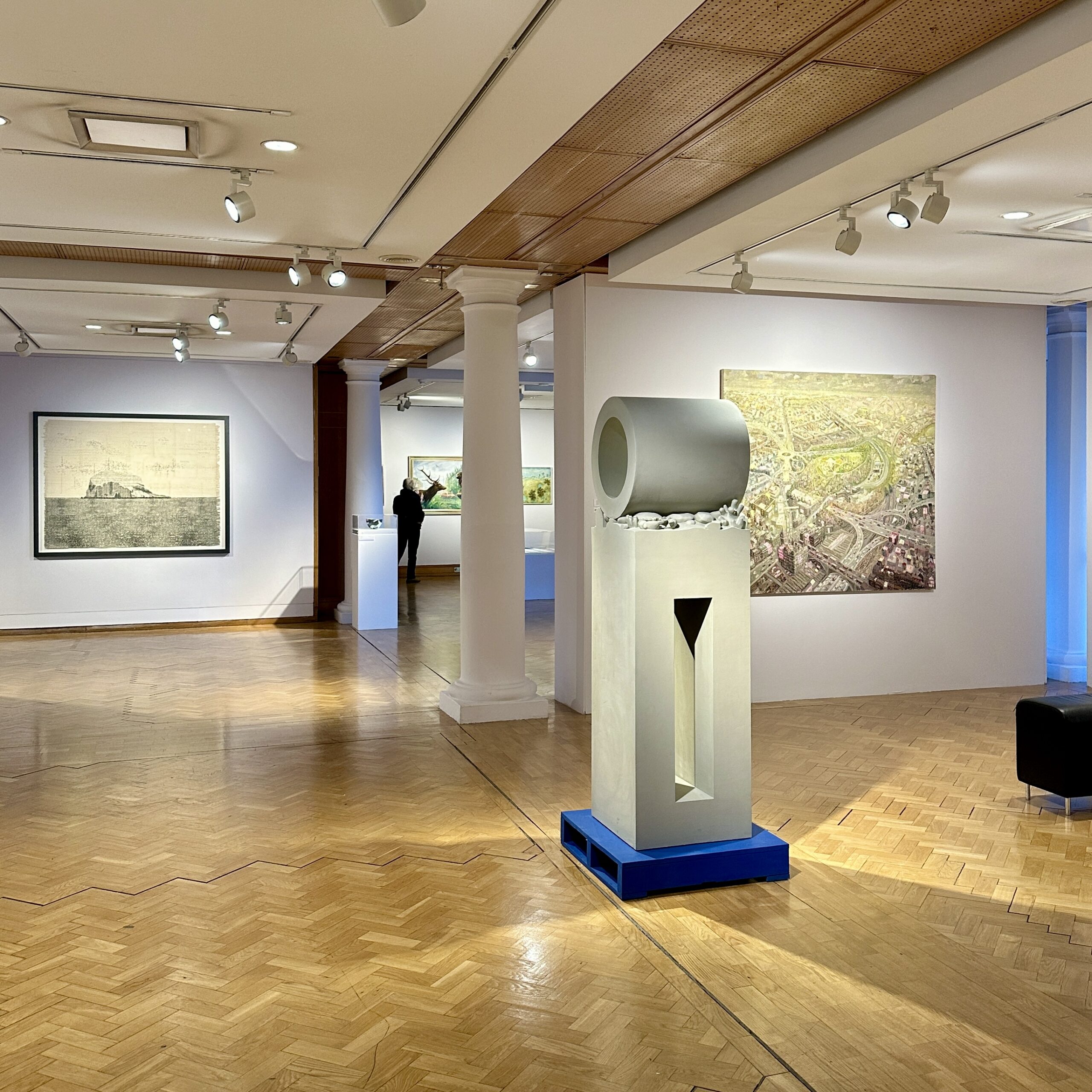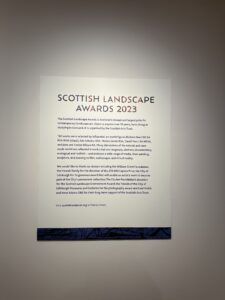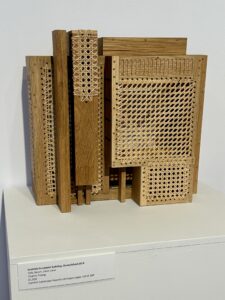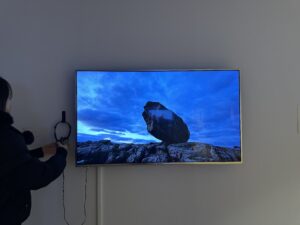The appeal and challenges of ephemeral art events
The appeal of ephemeral art events, such as live performances and temporary installations, which exist only for a specific period of time, lies in the immediacy and unrepeatable nature of the experience. This ephemerality emphasises the uniqueness, urgency and unrepeatability of the experience and encourages the audience to be more engaged and focused on the present. I was most impressed by Louis Vuitton’s collaboration with Japanese artist Yayoi Kusama that demonstrated a modern take on the practice of ephemeral art, combining Yayoi Kusama’s iconic polka-dot art with fashion and transforming it into a one-of-a-kind exhibition and event. This case inspired me to think about the two sides of the art and business line. But does it change the essence of ephemeral art? Whether the authenticity and depth of art will be lost due to commercialisation remains to be considered. After a series of explorations I was able to gain a deeper understanding of the concept of ephemeral art discussed in the course and how it can be reinterpreted and applied in different fields.


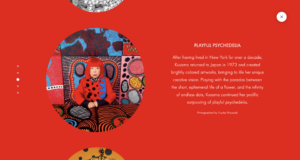
Louis Vuitton. (2023) LOVE FOR PUMPKINS. Available at: https://me.louisvuitton.com/eng-ae/stories/lvxyayoikusama (Accessed: 2February 2024)
Extension and Transformation
By lengthening the event itself, as shown in Give Me Birth Tomorrow, we extended a weekend film festival into a continuous event for a whole year, which redefined the sense of time and space of the art event, breaking through the time constraints of traditional exhibitions and providing a more extended and reflective space. But has this lost the immediacy and raw power of art? According to art critic Rosalind Krauss in her book Sculpture in the Expanded Field, the spatial and temporal expansion of an artwork can create new meanings and experiences (Krauss, 1979). This provides me with a perspective on how the power of ephemeral art can be enhanced, rather than diminished, by extending time and changing forms of expression.
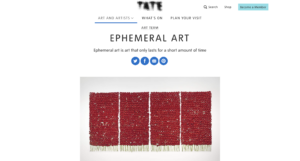

Tate. (2024) Ephemeral Art [Online image]. Available at: http://www.tate.org.uk/art/art-terms/e/ephemeral-art (Accessed: 1
March 2024)
The double-edged sword of archivisation
Secondly, How We Hold’s approach to documenting and preserving ephemeral art activities through publication led me to a question about archiving art: does archiving imply curing, or is it a new creative process?Boris Groys discusses archiving as a means of artistic innovation in Art Power, suggesting that the process of archiving can be seen as a form of artistic creation in its own right ( Groys, 2008). From this point on publications as curatorial practice are not only about documentation and preservation, but also a means of artistic innovation and re-creation. In Return of the Real, art historian Hal Foster emphasises that archiving and recording in art practice is a bridge between the artist and the audience (Foster, 1996). Even ephemeral art events, through the form of publications, can establish a new dialogue and understanding that further deepens the audience’s experience of the art. In short publication as a curatorial practice not only provides a new life for ephemeral art, but also proposes a challenge and reflection on existing art forms and audience relations. This process is a preservation of the artwork, an expansion and deepening of the art form, audience participation and cultural memory.
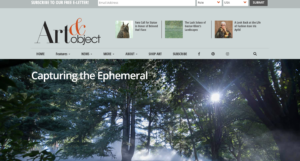


- Ostrow, M. (2019) [Fog*FLO’s Fog*Canopy at the Fens] [Online image]. Available at: https://www.artandobject.com/articles/capturing-ephemeral (Accessed: 1 March 2024).
References:
Krauss, R. (1979). Sculpture in the Expanded Field. October, 8, 30-44.
Groys, B. (2008). Art Power. MIT Press.
Foster, H. (1996). The Return of the Real: The Avant-Garde at the End of the Century. MIT Press.
First Edit
6 March 2024
———————————————————————————————
In the sixth week of Seminar each member of our group gave a presentation on an individual curatorial project. Each project was unique and Tutor Adam made constructive suggestions for each member, including further refining the content of the exhibition, information about the exhibiting artists and the target audience, linking to current exhibitions, challenging traditional aesthetic standards and translating traditional techniques into contemporary art. These suggestions helped to make everyone’s curatorial projects more detailed, theoretically informed, and engaging.
I was impressed by Fancy Yuan’s proposal for a physical interactive exhibition combining psychology and art, including painting, games and installations. It aims to explore the inner world of human beings through artworks of 16 personality types and innovative Shen Linhao and green screen installations. It is unique in its interdisciplinary and interactive nature, but it needs to define more clearly its target audience and the specific content of the exhibition. Instead, Ningyue’s project plans to challenge traditional standards of aesthetics through photography and prints on thermal paper at Three Shadow Photography Art Centre. Focusing on the perspectives of artists and children, she proposes a new interpretation of traditional beauty. Very pioneering, it still needs to further refine its specific ways and strategies of challenging traditional aesthetics. Both projects demonstrate the application of innovative and interdisciplinary approaches to art curation, while at the same time there are areas where they need to be further concretised.
In response to feedback, I’ve contemplated minimizing the fashion show aspects in my project that might not robustly represent contemporary art characteristics. This decision is influenced by standard curatorial practices that emphasize relevance and coherence with the main exhibit concept, mirroring the necessity of aligning each element of the exhibit to enhance the narrative effectively.
Furthermore, my research led me to explore ‘the work before the work’ by Yayra Sumah, a project I studied following a recommendation from my tutor, Adam. Sumah’s interdisciplinary approach, focusing on the intersections of history, spirituality, and healing within the context of Congolese and broader African cultures, has provided invaluable insights. This reflection has substantially informed my approach, especially in connecting ancient traditions with modern aesthetics within my project (Harvard University Center for African Studies, 2021; Contemporary And, 2021).
The conceptual underpinning of my project has been significantly enriched by integrating aspects reminiscent of Sumah’s methodologies. This includes presenting the ‘preparatory’ stages of artistic creation, a concept often overshadowed in contemporary art discussions. By showcasing the process behind each art piece, I aim to underscore the transformation from traditional techniques to modern interpretations, thus providing a deeper connection between the viewer and the art form itself (Contemporary And, 2021).
These modifications and enhancements to my project not only aim to address the feedback received but also align with the evolving contemporary art scene, where the blend of traditional and modern elements is increasingly appreciated.
References:
Harvard University Center for African Studies. (2021). African Studies Workshop Featuring Yayra Sumah. Available at: https://africa.harvard.edu/event/african-studies-workshop-featuring-yayra-sumah (Accessed: 3 March 2024).
Contemporary And. (2021). #Healing (Faju). Available at: https://www.contemporaryand.com (Accessed: 3 March 2024).
Second edit
7 March 2024
